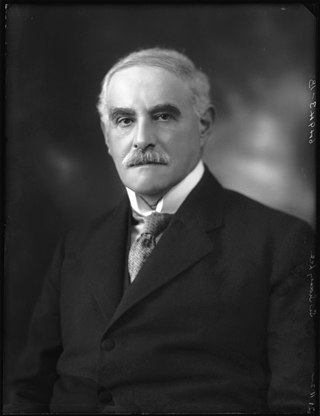
Sir Sidney Lee was an English biographer, writer, and critic.

Walter Weedon Grossmith, better known as Weedon Grossmith, was an English writer, painter, actor, and playwright best known as co-author of The Diary of a Nobody (1892) with his brother, music hall comedian and Gilbert and Sullivan star George Grossmith. Weedon Grossmith also illustrated The Diary of a Nobody to much acclaim.

Collier's was an American general interest magazine founded in 1888 by Peter Fenelon Collier. It was launched as Collier's Once a Week, then renamed in 1895 as Collier's Weekly: An Illustrated Journal, shortened in 1905 to Collier's: The National Weekly and eventually to simply Collier's. The magazine ceased publication with the issue dated the week ending January 4, 1957, although a brief, failed attempt was made to revive the Collier's name with a new magazine in 2012.

The Illustrated London News, founded by Herbert Ingram and first published on Saturday 14 May 1842, was the world's first illustrated weekly news magazine. The magazine was published weekly for most of its existence, switched to a less frequent publication schedule in 1971, and eventually ceased publication in 2003. The company continues today as Illustrated London News Ltd, a publishing, content, and digital agency in London, which holds the publication and business archives of the magazine.

Sir Edward Seymour Hicks, better known as Seymour Hicks, was a British actor, music hall performer, playwright, actor-manager and producer. He became known, early in his career, for writing, starring in and producing Edwardian musical comedy, often together with his famous wife, Ellaline Terriss. His most famous acting role was that of Ebenezer Scrooge in Charles Dickens's A Christmas Carol.
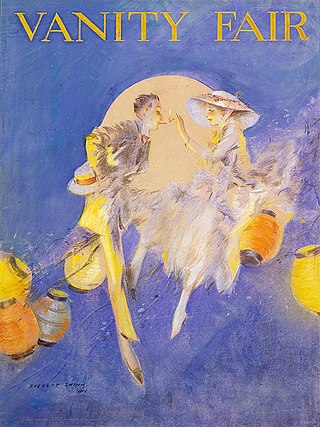
The name Vanity Fair has been the title of at least five magazines from the 19th century to the present day, where, since 1983, it has been used by the American popular culture magazine published by Condé Nast.

The Wizard of Oz was a 1902 musical extravaganza based on the 1900 novel The Wonderful Wizard of Oz by L. Frank Baum. Although Baum is the credited bookwriter, Glen MacDonough was hired on as jokewriter after Baum had finished the script, and the book was largely ghostwritten by a man named Finnegan. Much of the original music was by Paul Tietjens and has been mostly lost, although it was still well-remembered and in discussion at MGM in 1939 when the classic film version of the story was made. The original show was particularly popular because of its two comedy stars: Fred Stone playing the Scarecrow, and David C. Montgomery as the Tin Woodman.

John Porter was an English Thoroughbred flat racing trainer whose horses won the English Triple Crown three times. He was described by the National Horseracing Museum as "undoubtedly the most successful trainer of the Victorian era."

Frederick Warne & Co. is a British publisher founded in 1865. It is known for children's books, particularly those of Beatrix Potter, and for its Observer's Books.
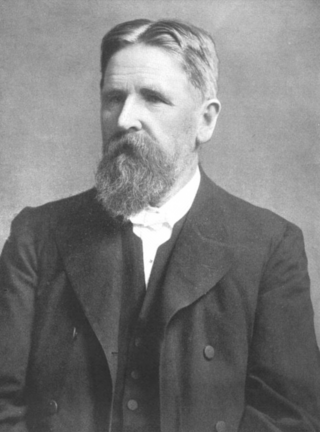
William Henry Fitchett was an Australian journalist, minister, newspaper editor, educator and founding president of the Methodist Ladies' College, Melbourne.
Theatre World is an annual American theatre pictorial and statistical print publication. It includes Broadway, Off-Broadway, Off-Off-Broadway, and regional theatre, national theatrical awards, and obituaries.

Vanity Fair was a British weekly magazine that was published from 1868 to 1914. Founded by Thomas Gibson Bowles in London, the magazine included articles on fashion, theatre, current events as well as word games and serial fiction. The cream of the period's "society magazines", it is best known for its witty prose and caricatures of famous people of Victorian and Edwardian society, including artists, athletes, royalty, statesmen, scientists, authors, actors, business people and scholars.

Philip Michael Faraday was an English lawyer, surveyor, composer, organist and theatrical producer. He composed one of the last Savoy operas, staged several long-running shows in the West End of London, and wrote a book about local taxation that was for many years the standard work on the subject. After sustaining financial losses on shows that he produced in the 1910s, Faraday declared bankruptcy in 1914. In later years he rebuilt his fortune through his legal and valuation work and resumed theatrical production.

Evelyn Mary Millard was an English Shakespearean actress, actor-manager and "stage beauty" of the late nineteenth and early twentieth centuries perhaps best known for creating the role of Cecily Cardew in the 1895 premiere of Oscar Wilde's play The Importance of Being Earnest.
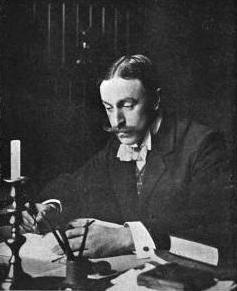
Alfred Horsley Hinton was an English landscape photographer, best known for his work in the pictorialist movement in the 1890s and early 1900s. As an original member of the Linked Ring and editor of The Amateur Photographer, he was one of the movement's staunchest advocates. Hinton wrote nearly a dozen books on photographic technique, and his photographs were exhibited at expositions throughout Europe and North America.

The Journal of the Siam Society (JSS) is a scholarly journal published by the Siam Society in Bangkok since 1904.
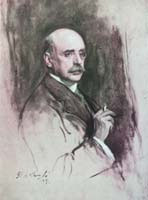
Charles Holme was an English journalist and art critic, founding editor of The Studio from 1893. He published a series of books promoting peasant art in the first decades of the 20th century.
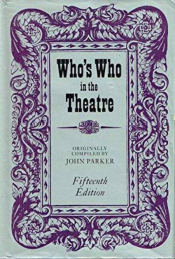
Who's Who in the Theatre is a British reference work, first published in 1912 with sixteen new editions from then until its last issue in 1981.
Frederick Fenn was an English playwright, journalist and drama critic. He was the librettist for one of the last Savoy Operas, A Welsh Sunset (1908), and had his greatest success with the musical comedy The Girl in the Taxi (1912).
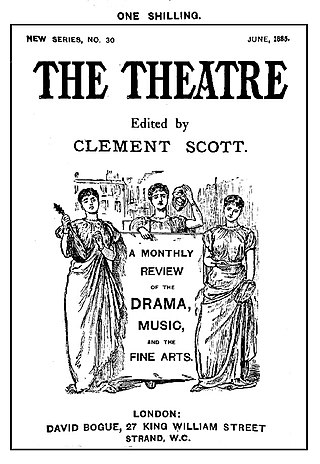
The Theatre was a magazine published in London between 1877 and 1897.


















